The Amish have the appearance of a bucolic, pastoral people with few problems or worries. But the Amish are human, and that means they have the same ailments and issues that everyone else has, and that extends to mental health.
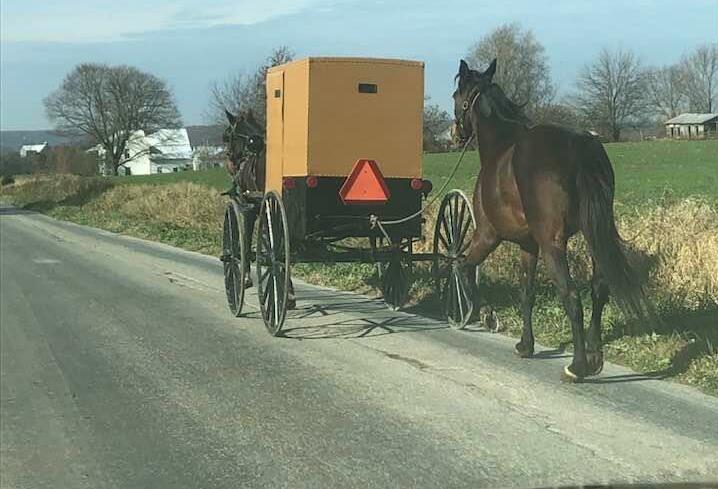
The Amish have traditionally been a closed, insular group and sometimes, mental resources haven’t been within easy reach. Fortunately, the same stigmas that have been gradually vanishing around mental illness in the larger society are beginning to be tackled among the Amish.
Mollee Garoutte, an Amish support specialist at Ravenwood Mental Health Center in Geauga County, Ohio’s sprawling Amish settlement, told the local Maple Leaf newspaper:
Post-partum depression, ADHD (attention deficit hyperactive disorder), trauma, family dysfunction, schizophrenia and drug and alcohol abuse are some of the issues that occur in the Amish community.
In other words, they’re pretty much like everyone else.
In my experience, what I am seeing are established medical systems that have an existing “footprint” near large Amish communities are establishing mental health facilities that cater to the Amish. Often they’ll employ counselors and specialists that have roots in the Amish community, often just a generation or two removed, so that the specialists can connect and relate to unique issues that impact the Amish.
Frequency of Mental Illness Among the Amish
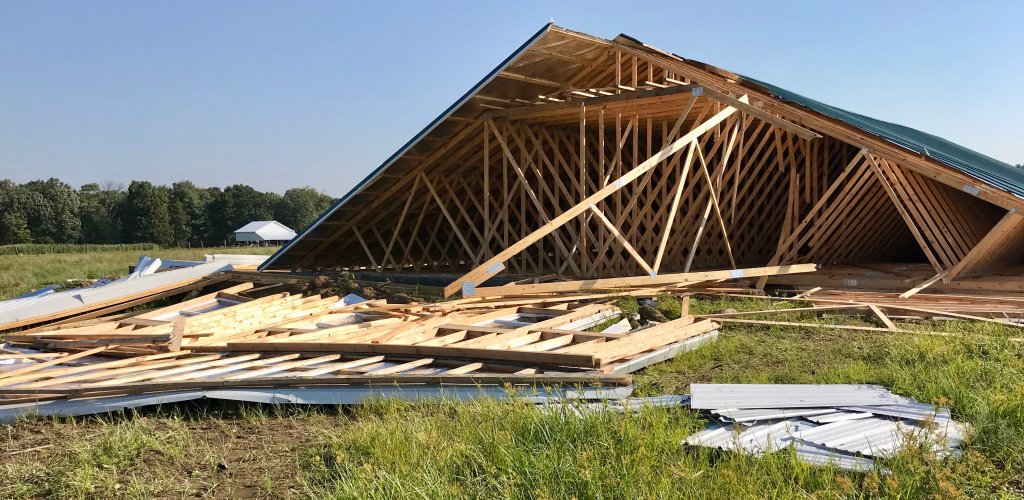
One might think the closed culture and close community bonds that are part of the Amish lifestyle might impact the prevalence of mental health issues, either magnifying them because of lack of resources or muting them because there is so much support. Repeated studies, though, have failed to find much difference in mental illness among the Amish than among the general population.
A study by the University of Iowa is typical of many studies of the Amish and mental illness:
Amish have similar rates of mental illness to the general American population; however, there is a decreased incidence of depression. Case studies suggest social support within the Amish community can decrease the risk and severity of depression.
There have been plenty of studies among the Amish that show genetic predispositions to mental health issues like bipolar and schizophrenia, but incidences overall are not statistically significant from the rest of the population. Depressive episodes, however, do seem to be less among the Amish which researchers attribute to faith and community.
Suicides Are Lower
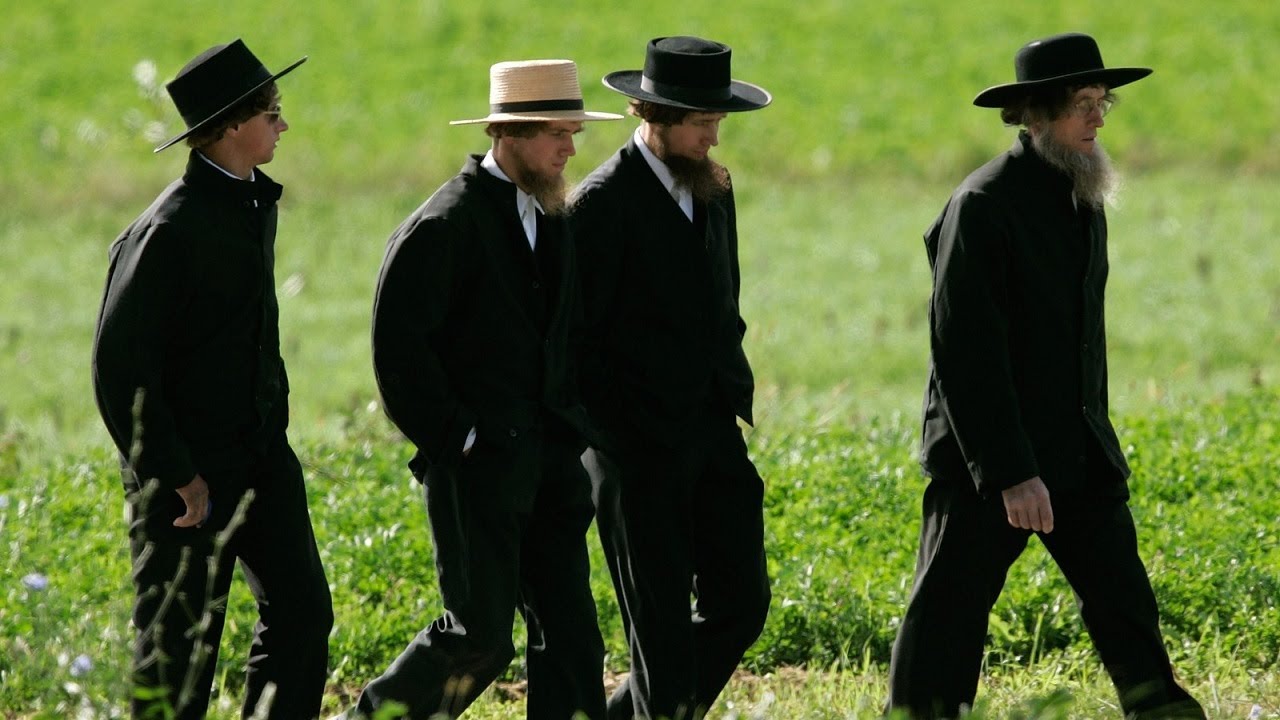
Suicides among the Amish do happen, but this is an area where the strong community bonds and faith appear to make a statistical impact.
A landmark 1985 study that followed Amish families in Lancaster County, Pennsylvania for a century determined:
From 1901 through 1920, Amish suicides per decade averaged the equivalent of 3.3 per 100,000 people, while the national rate was 13.6 per 100,000, the researchers said. In the 1960s and 1970s, the Amish rates per 100,000 were 4.3 and 3.7, respectively, while the national rates were several times higher, they said.
A more recent study in Ohio showed suicide rates in Holmes County, Ohio (which has the largest Amish population in the state) were among the lowest in the state.
Health officials in Holmes County say that the Amish are very receptive to mental health messages.
According to the Wooster Daily Record, there are several state-funded agencies that provide mental health resources, such as Local Outreach for Suicide Survivors (LOSS). When there is a suicide death in Holmes County, a LOSS team goes out to the scene and provides emotional support for the family during the investigation. Some Amish bishops have been specifically trained as LOSS specialists.
Mental Health Resources For The Amish
How Do The Amish Treat Mental Illness?
The model that seems to work best in combatting mental health issues among the Amish is aggressive advocacy and outreach and residential based facilities where the Amish can live in a home-like setting (true to Plain culture, though) while still accessing modern treatments.
One such facility is Rest Haven in Goshen, Indiana. Rest Haven provides a residential setting for Amish patients to stay in (a setting that adheres to the Plain lifestyle) while receiving outpatient services a short walk across campus at Oaklawn, a regional psychiatric services hospital.
I have been to their campus before, and it is an idyllic setting: a peaceful campus with group therapy sessions led by certified specialists, usually with a roots in Plain culture.
Here is some information from Rest Haven’s non-profit status filing:
Rest Haven Inc. provides a residential facility for the Old Order Amish and similar faiths while they are receiving psychiatric treatment at Oaklawn Psychiatric Center Inc. Oaklawn. Since the lifestyles of the Old Order Amish and similar faiths differ significantly in some ways from the other patients at Oaklawn, having a facility that is staffed by Old Order Amish members allows the residents to enjoy the Anabaptist lifestyle setting while receiving outpatient services at Oaklawn until they are ready to return to their local communities as mentally healthy, functioning, and contributing members of society. During the 2018 year, 110 residents were admitted and allowed to enjoy the facilitys services.
An article in the South Bend Tribune describes the treatment the Amish can receive at Oaklawn and Rest Haven:
Dale Raber sees a range of mental health needs as a therapist at Oaklawn Psychiatric Center, but his clients all have one thing in common: They’re all Amish.
Raber, who has been with Oaklawn since 2003, conducts individual and group therapy sessions in Pennsylvania Dutch. Glen Miller, who has the title of Amish advocate, is often on the phone speaking that dialect with clients and their families. Not all the care for Amish at Oaklawn happens in the dialect, but it’s one way some who work there can build bridges.
There are other such facilities utilized by the Amish, among them:
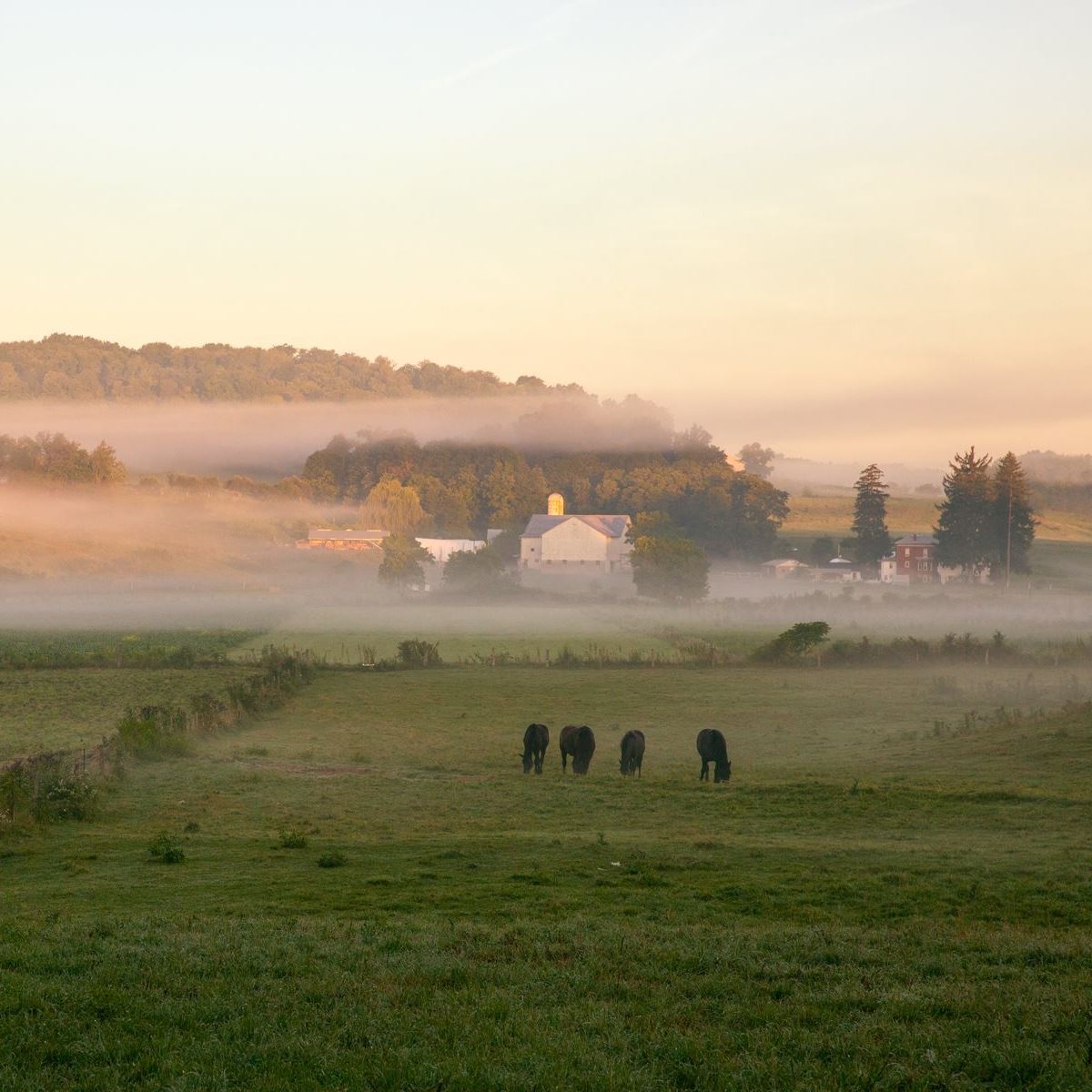
Springhaven Counseling: In 2008, an Amish Advisory Committee was established to assist in identifying and meeting counseling needs of Amish in the community and Springhaven was born out of a merger of several mental health entities. On site counseling, including equine-based therapy is offered here. This facility offers treatment to the Amish in Holmes County, Ohio.
Springhaven offers outpatient mental health services to mainly Amish and Mennonite clients and, like Oaklawn's Rest Haven, Springhaven has a residential facility to Amish who may need more aggressive intervention. The facility is called Woodside Rest, which serves as a home for Amish who are struggling with mental health issues, and will subsequently be in close proximity to SpringHaven for counseling and medication purposes.
Springhaven's Amish services consist of, according to their website:
At SpringHaven we offer outpatient mental health services for Amish and Old Order Mennonite men, women, and children. We also provide mental health services (individual therapy, group therapy, psychiatric services, psychological evaluation, relaxation skills, and therapeutic art activities) for clients who participate in the Woodside Rest program. Participants in the Woodside Rest program live in an Amish home for the Plain people who are experiencing psychological problems. Woodside Rest provides a home-like, Christian environment and is staffed by members of the local Amish community. This facility is one of three in the United States that is dedicated to the mental health needs of the Plain Community.
Among the large Amish populations of Lancaster, Pennsylvania, WellSpan Health has reached out the Plain community and has had success at offering an array of mental health services.
The Amish are turning to WellSpan for behavioral health needs. WellSpan Philhaven hospital provides an outpatient clinic for residents of Plain communities. Some of the staff are members of Amish communities.
Summary
While the Amish are a pretty closed society, attitudes towards mental health care have been gradually changing. More and more resources are available for Amish people who need care and we view this as a welcome and positvie development!

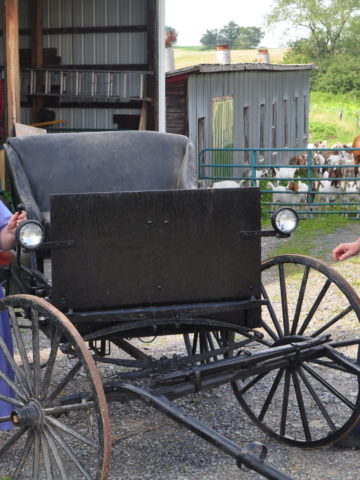
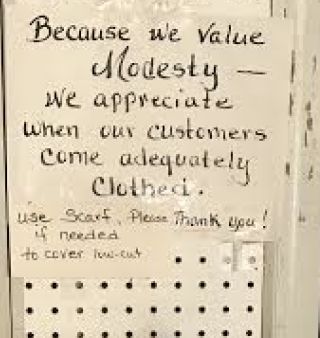


Leave a Reply